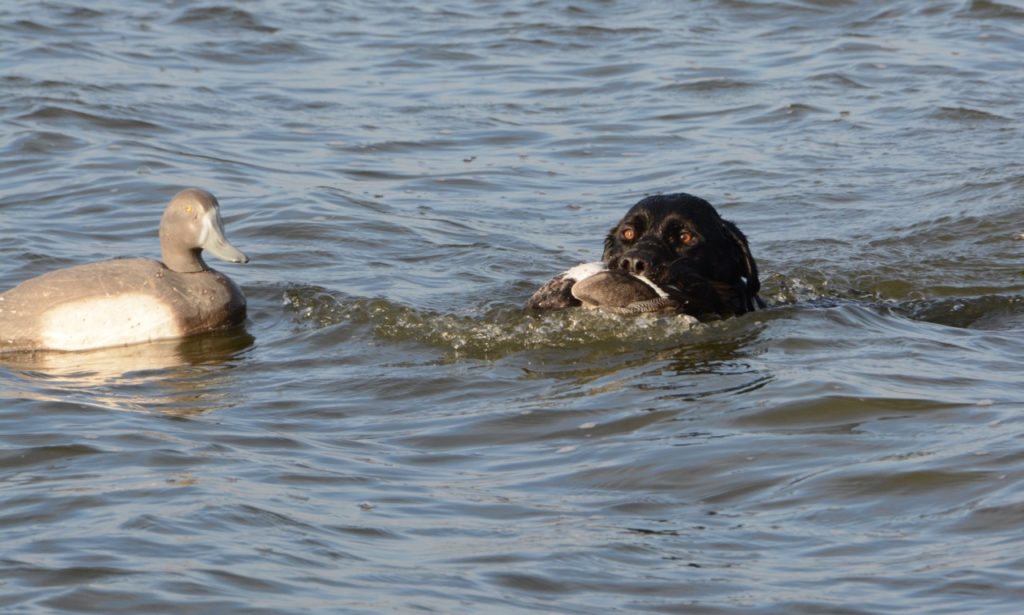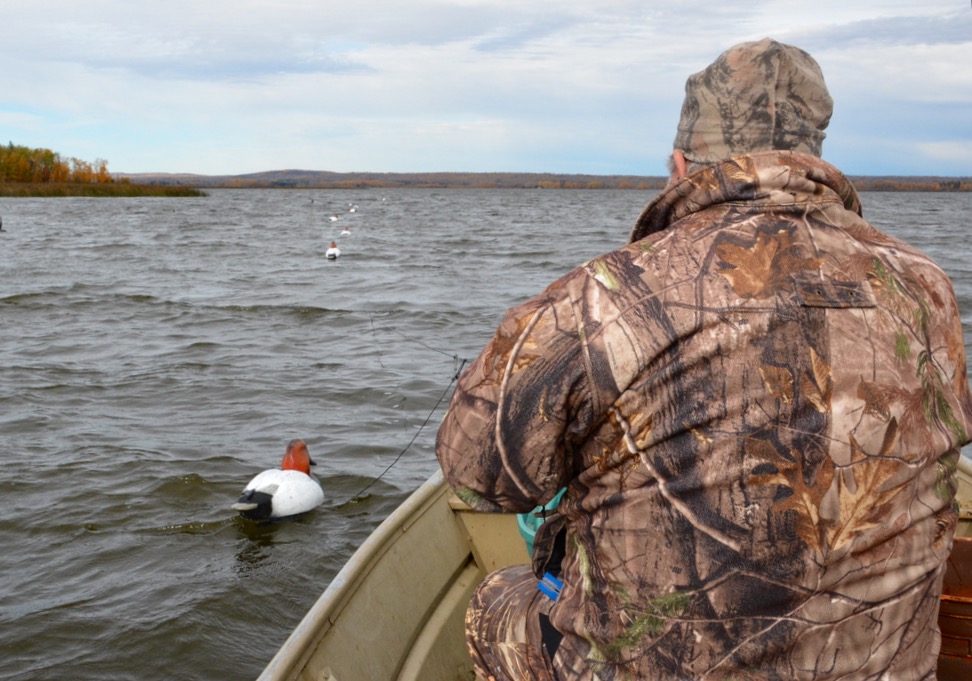Line ’em up!
Too many distant divers are failing to see your decoys? Go old school and set out a long-line spread to lure them in
Advertisement
HOW TO MAKE A LONG LINE
It all starts with the main line. I recommend using quarter-inch-diameter rope. It should be black or dark green in order to blend in well with the marsh bottom; light-coloured lines are too visible from above. It’s important, too, that the main line doesn’t float, which can spell disaster when your retriever attempts to swims through it.
Advertisement
It can be difficult to find these sinking lines; search specialty waterfowl hunting stores or commercial fishing houses. You also might have to splice several lines together, as they often come in lengths of 50 metres and you’ll want up to 200 metres in total. I like mine in 100-metre lengths, which allows me to rig them end to end to create a single 200-metre line, or to run two separate 100-metre lines. At each end, I tie on a brass snap swivel for attaching an anchor.
I occasionally use lead-filled soup cans for anchors, but more recently I’ve been using downrigger balls with embedded wire loops, making them easy to attach to the snap. In my experience, five- or six-pound balls, which you can get from most tackle shops, are about right. Any less weight and you risk your line drifting out of place on windy days.

Each decoy must be rigged with its own line that attaches to the main line. Don’t make them too short, or your dog won’t be able to swim over them. For these, I prefer two metres of a thin sinking line. Tie a brass snap swivel on the end that attaches to the decoy, and a swordfish or halibut clip to the other end to attach to the mainline. Halibut clips are easy to manage with just one hand, even if you’re wearing bulky gloves; they can be ordered from any commercial fishing supply house.
Advertisement


